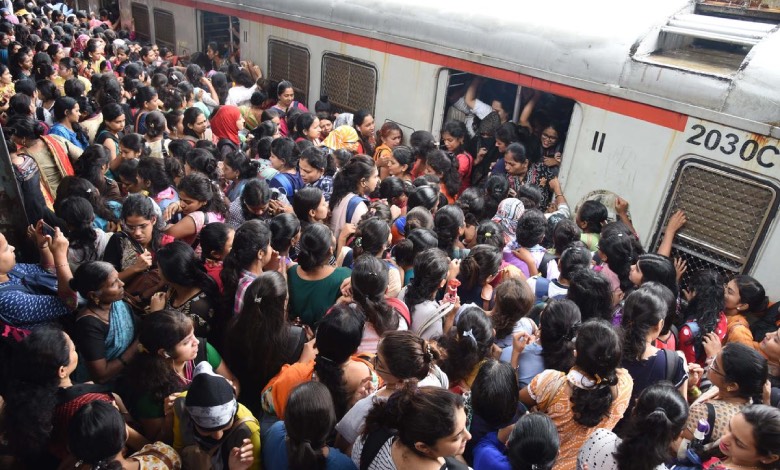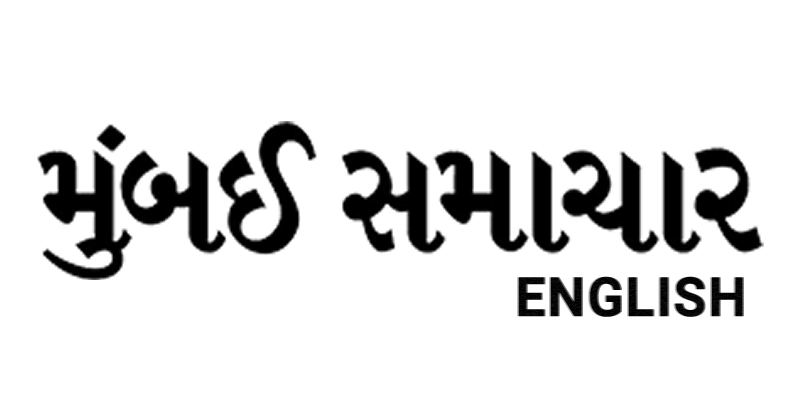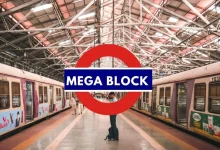
The Monday’s tragic rail disaster near Diva has highlighted the grim issues affecting Mumbai’s suburban railway network, where congested trains, poor services, and unsafe infrastructure still pose a threat to daily passengers. The accident stirred a fresh probe by passenger activists and safety officials, while Government Railway Police figures indicate a deadly trend of accidents along the Thane-Dombivli route.
Gaps in Infrastructure and Services Ignite Crisis
Commuter leader Amol Dhanraj Kendre listed a significant service deficit as one key contributing factor to Monday’s disaster. The absence of direct local trains from Diva to Chhatrapati Shivaji Maharaj Terminus has resulted in extreme over-crowding between peak hours, with the region’s growing population vying for scarce space on already congested trains coming in from Kasara.
Passenger rights activist Sameer Zaveri pointed to another systemic flaw: the introduction of air-conditioned local trains has unintentionally made matters worse by decreasing the number of non-AC offerings. Zaveri suggested converting first-class cars in non-AC trains to second-class accommodation, as first-class commuters now have AC options available. He also suggested augmenting the all-non-AC train consists to 15 coaches to suit the needs of passengers better.
Alarming Safety Statistics
Government Railway Police statistics for 2024 offer a grim indication of the safety issues affecting the region. In the Thane and Dombivli areas alone, 107 people lost their lives after falling from railway trains in motion, and more than 200 others were injured. This section has consistently reported higher casualty levels in such accidents than other Central Railway suburban sections.
The Dangerous Curve Factor
The GRP official implied that the crash was possibly caused by an unexpected jolt along the bent track segment. “Stowaway passengers on footboards felt a severe impact that resulted in minimal train tilting. Those near doorways were thrown out when the trains collided,” the official said.
The bent portion between Mumbra station is infamous for such accidents, with even seated commuters experiencing a lot of movement during turns. For standing commuters at doorways or on platforms, this portion offers extreme peril, as evidenced by Monday’s crash between commuters and a neighboring train.
Victims Fighting for Survival
Twenty-two-year-old Tushar Bhagat, a data entry operator, remains in critical condition at Kalwa Hospital’s ICU. The sole financial provider for his family in Balyani village, Titwala, Bhagat had departed for work around 8:15 AM when disaster struck. His mother, Laxmi Bhagat, learned of the accident through a fellow passenger and immediately rushed to the hospital where her son fights for his life.
Machindra Gotarane, working in housekeeping services at Turbhe for five years, is also under intensive care at Kalwa Hospital. Vashind resident Machindra maintains his wife Kunda and three children, one of whom is daughter Kalpana, who recently celebrated passing her HSC exams with 65 percent marks. Family members received the news of the accident from another passenger and immediately converged at the medical center.
Divar worker Manish Saroj was injured while traveling independently of his regular partner, Shailesh Jaiswal. Saroj called Jaiswal from Ghatkopar to inform him of the mishap, describing how pressure from the crowd pushed him out from the footboard and he collided with an oncoming train and was injured in the fingers.
Sneha Dhondhe, a 21-year-old Navi Mumbai call center employee, received head and body injuries as she was about to get down at Thane on her way to work. She is undergoing treatment at Kalwa Civil Hospital.
Families Mourn Preventable Deaths
The tragedy took the lives of a few, including 44-year-old IT specialist Mayur Shah of Ghodbunder, Thane. Santosh Doshi, Shah’s brother-in-law, thinks Shah might have taken a fatal short cut to Dombivli to see an owner of a property about an apartment he had been in talks to buy for months. The GRP broke the news of his death to the family.
Twenty-three-year-old Ketan Dilip Saroj, who was working at a call center for just three months, got onto the Kasara local from Shahad. Eyewitness Dipak Shirsath claimed that Saroj was on the footboard when his fall was caused by another passenger’s bag from the Karjat train, sending him tragically to the ground.
Rahul Gupta, 27-year-old parcel delivery boy and stationery store clerk from Diva, also died in the tragedy. With his parents, brother, and two sisters, Gupta had taken a Kasara-bound train from Diva. His cousin, Rammilan Gupta, blamed the accident on platform congestion due to delayed trains.
The rising toll highlights demands for thorough safety overhauls and infrastructure development to avoid further tragedies on Mumbai’s congested suburban railway network.




